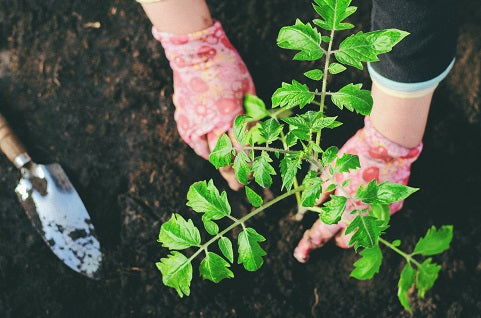
Gardening Trends To Dig Into In 2023
It comes as no surprise that gardeners work hard to create an aesthetic for their outside areas, balconies, and homes—eventually creating a haven from the rest of the world. This outlook informs our prediction of the key areas of interest for gardeners in 2023. Happy planting!
So, why? First off, for those of us with limited space, it may be the only choice we have. We live in a big city with a tiny yard, but we still want to take care of plants and enjoy gardening. But even in large spaces, a vertical garden can be less labor-intensive and provide higher crop yields than conventional planting. A well-made wall or trellis can also look beautiful. You are less likely to face weed damage, encounter pests like slugs and snails, and need to irrigate large areas of land less frequently.
The popularity of meadow gardens has grown recently, similar to many other trends in gardening, such as cottage gardens. Along with the emerging naturalism movement, which prioritizes plant diversity and more relaxed design over clean perennial beds or rows of manicured evergreen shrubs, the idea has grown. The fad is pleasing to the eye and the heart, and it positively ties us to the cycles of nature.
BTE was developed to replicate how vegetation develops beneath ground cover in forests. For a homestead or backyard garden that provides food for a family or small community, this strategy works best. Although it may be challenging to wait for and maintain large market gardens established in this way, it is nonetheless still possible.
Water-wise gardens concentrate on plant species that require less water in order to use less water while still looking lovely. It's common to believe that using only succulents or aloes qualifies as "water-wise planting," but this isn't always the case. There are several species that, while they may not technically be classified as "succulents," can nonetheless help you conserve water in your garden in other ways.




